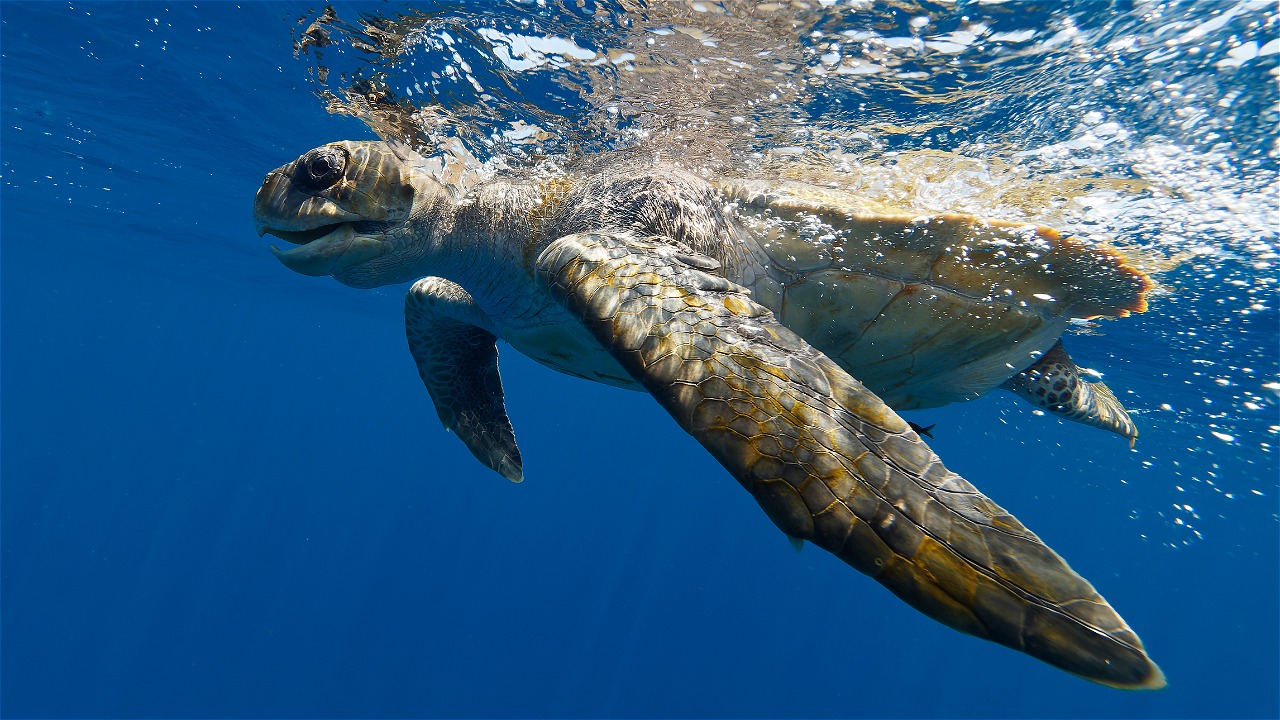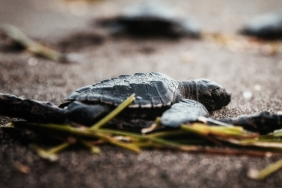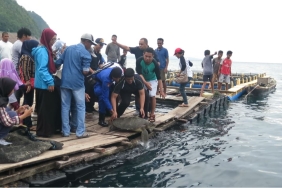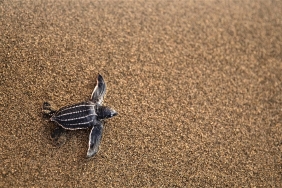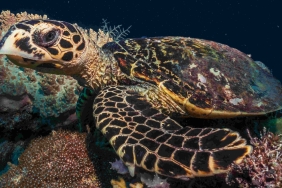SAVE TURTLES, REVIVE THE "TURTLE BAY" ICON
By Wahyu Teguh Prawira
Cilacap is one of the regions in Central Java that has considerable capture fisheries potential with a total production of large pelagic fish (tuna) of 102.62 tons in 2013, with a total fleet of 750 vessels consisting of longline, gill net, bag trawl (seine net), bubu (portable trap), and container (source: Cilacap TPI Statistics Data). The city, which faces Nusa Kambangan Island, has a well-known regional icon, Turtle Bay. According to the local people, it used to be easy to find sea turtles stopping or just passing by looking for food around Teluk Penyu. However, now the existence of turtles there is just a story.
Encouraged by the high level of interaction between sea turtles and fishing activities in Cilacap, which indirectly affects the decline in sea turtle populations, as well as the increasing number of fishing vessels with longline and gill net fishing gear based in Cilacap, the WWF-Indonesia fisheries team at the end of September took the initiative to conduct socialization and training activities on handling sea turtle bycatch on board. The activity, which was attended by 53 participants, was carried out to provide information to the fishing community about protected marine animals, their threats and current population numbers. Apparently, there are still many fishermen who do not know that some marine species such as sharks, sea turtles, manta rays are protected. Therefore, it is not surprising that there are still many turtles and sharks that are traded by fishermen. This is where the role of the community is needed as a watchdog to report the act of buying and selling protected and endangered marine animals to authorized agencies or officials, such as the Marine Fisheries Service (DKP), the Directorate General of Forest Protection and Nature Conservation (DG PHKA), or the local Polair.
The Head of Operations of DKP Cilacap, Yuwono, who was also present at the socialization and training activities, said that currently his party is in the process of designing a kind of sanctuary or turtle egg breeding ground for hatchlings to be released back to the sea. "We believe that there are still turtles left in Cilacap and we want to revive the story of Turtle Bay with its large number of turtles," he said firmly.
This training and socialization activity is expected to increase the understanding and awareness of the fishing community to protect protected and endangered marine animals by providing opportunities for these animals to survive in nature, one of which is by providing proper handling when caught accidentally in fishing activities.

